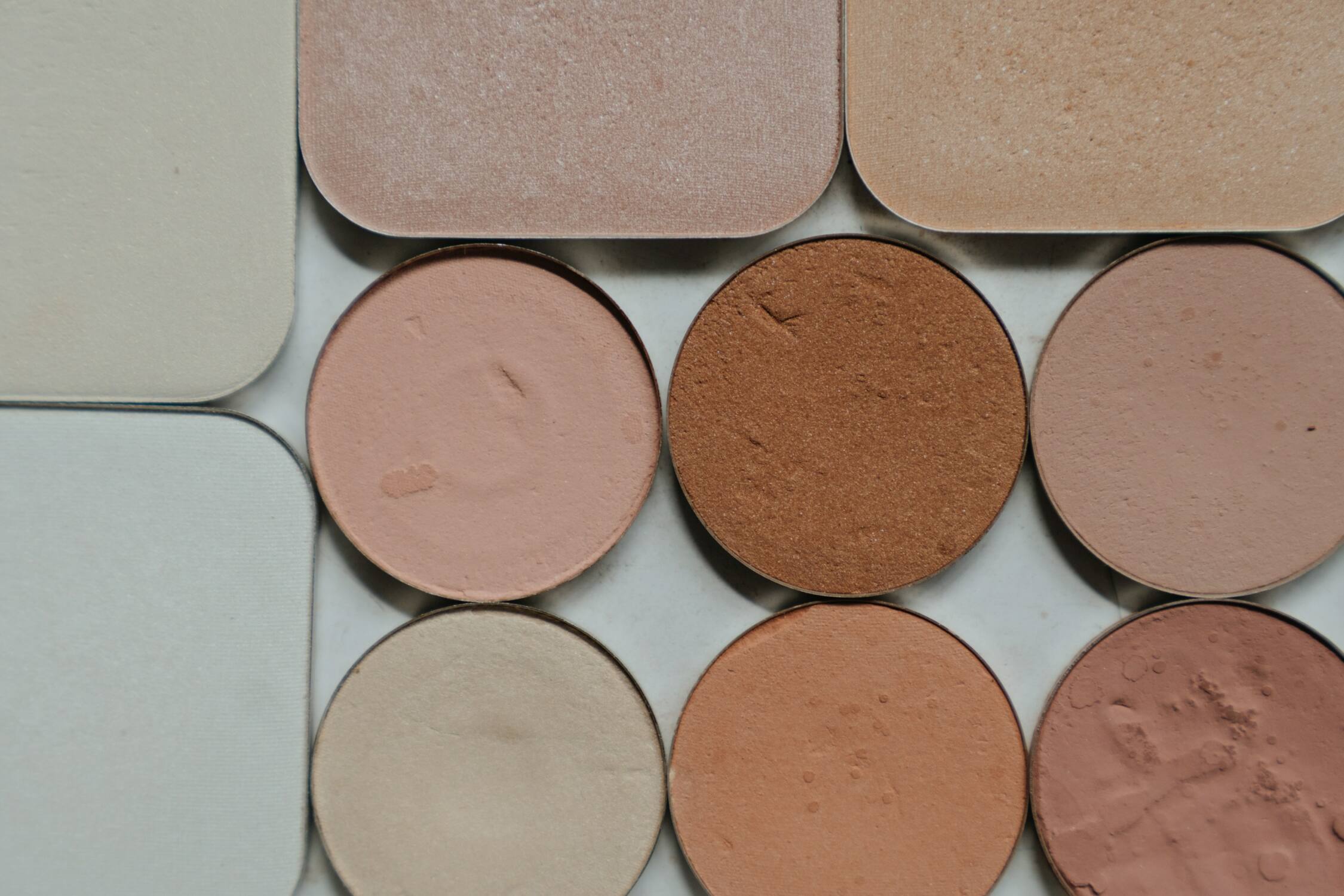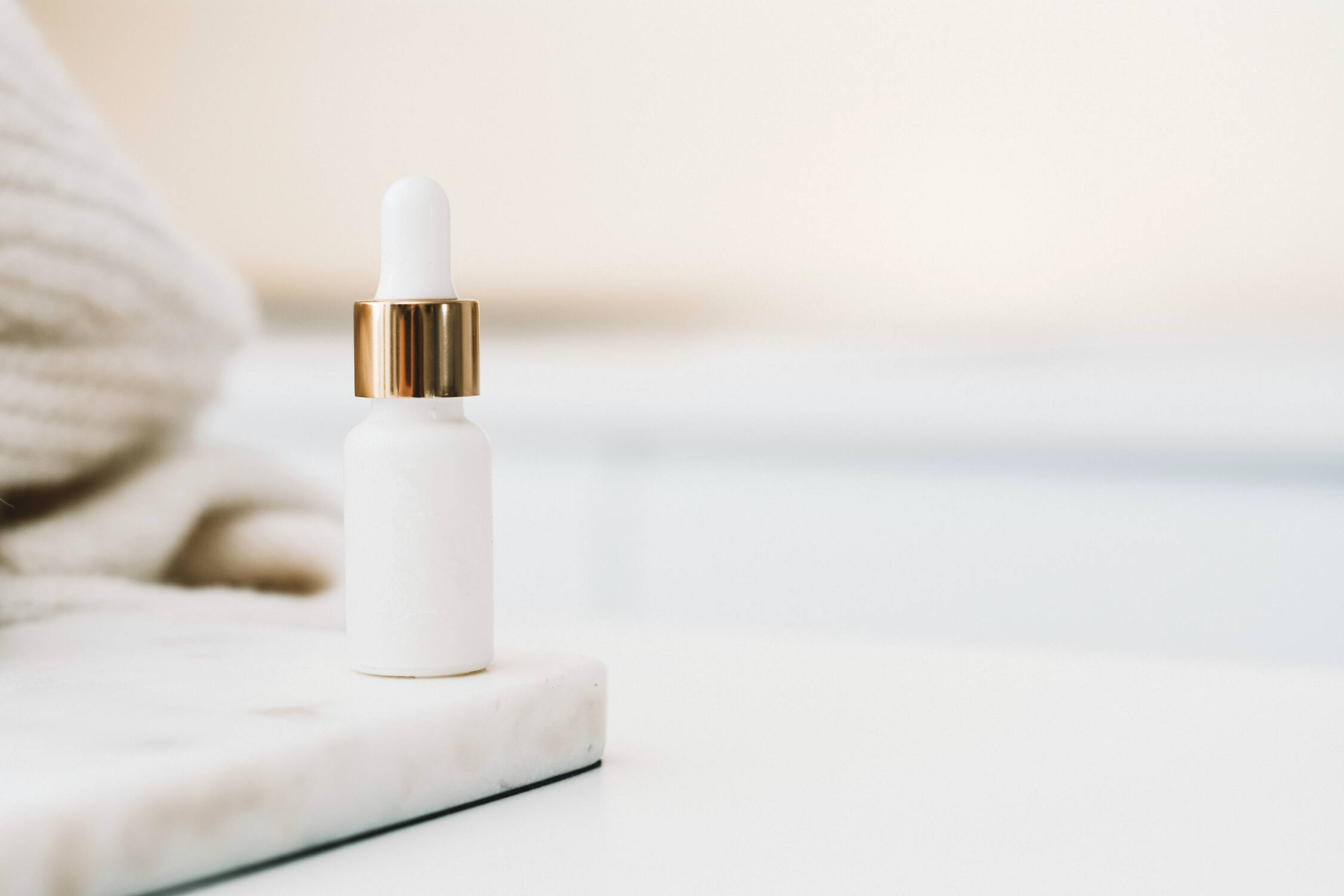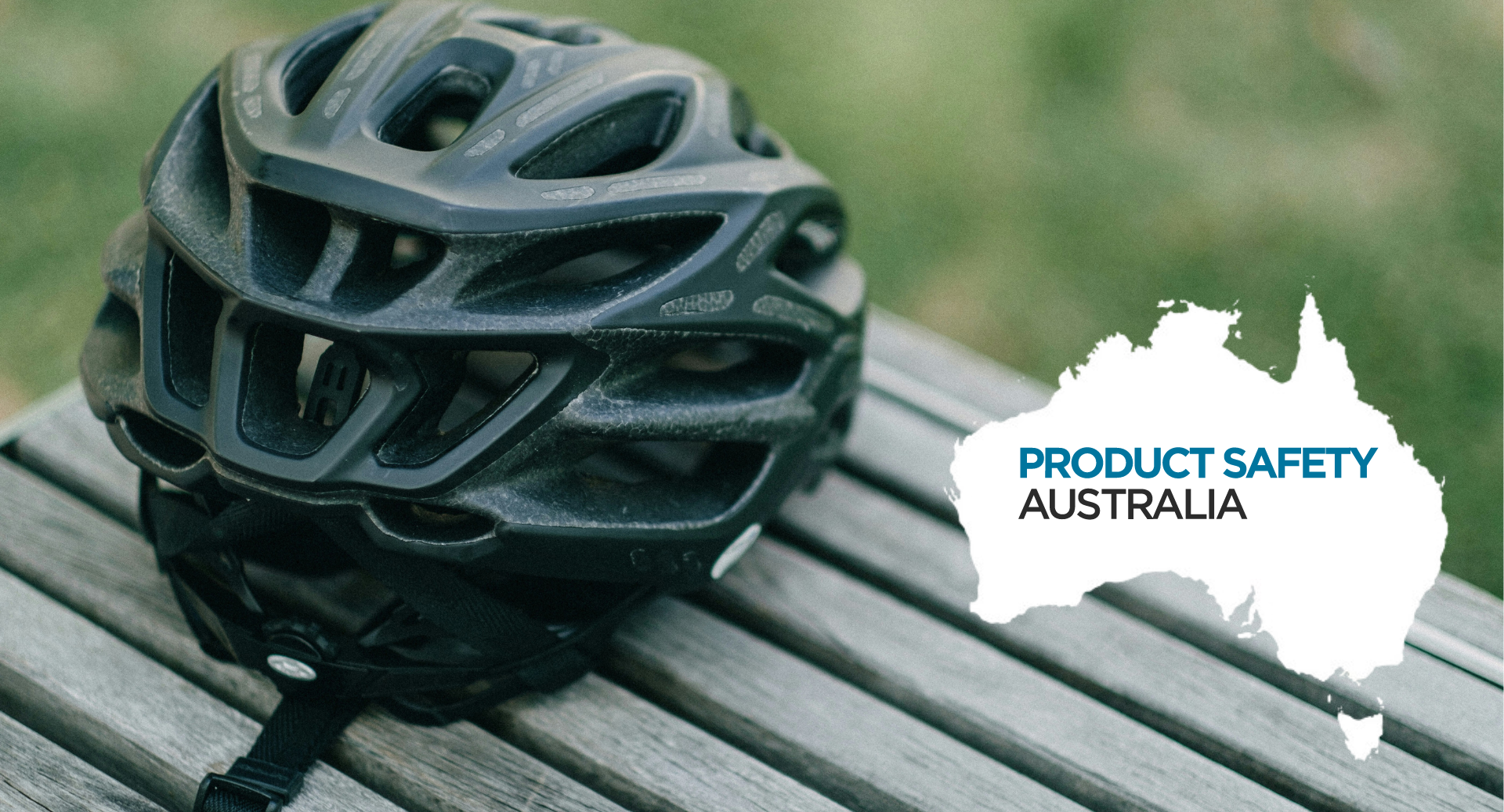
As the global cosmetics market continues to grow, so does the emphasis on product safety. Consumers today are not just attracted to appealing packaging or celebrity endorsements; they want to be assured that what they are applying to their skin, hair, or using as an appliance is safe. This is where the role of 3rd-party testing labs comes in. Testing your beauty and personal care products before going to market can help ensure you deliver a quality and safe product and ensure adherence to local compliance standards and regulations.
What are beauty and personal care products?
A variety of products are included under beauty and personal care products. Generally, any product that is bought by consumers to improve aesthetics falls under this category. However, it’s important to note that the testing procedures of these products differ greatly as some are meant to be in contact with skin while others are electrical and can pose safety risks such as fires or shock.
Products in this category can include:
- Skincare
- Sunscreen
- Makeup
- Hair sprays and products
- Skincare appliances (electric cleansers, LED light devices)
- Haircare appliances (flat irons, blow dryers, hair curlers)
Shelf Life Testing
Beyond ensuring a product remains safe for use, shelf life testing identifies if a product retains its advertised benefits over time. When exposed to varied conditions—humidity, temperature swings, or light—products can degrade differently. The cosmetic industry often uses accelerated stability testing, which subjects the product to extreme conditions to predict its lifespan. This helps manufacturers ensure their products remain not only safe but also effective throughout their intended use.
Toxic Metal and Chemical Testing
Past scandals of beauty products containing hazardous materials underline the importance of stringent chemical testing. Laboratories employ state-of-the-art equipment to test a wide array of chemicals beyond the known toxic metals. For instance, parabens, commonly used as preservatives, are now under scrutiny for potential health risks. By analyzing products for a broad spectrum of harmful substances, consumers can be confident in their safety choices.
FDA Regulation Testing
The FDA’s role in cosmetic safety is more extensive than commonly perceived. They periodically review and update the list of prohibited and restricted ingredients. Companies must demonstrate due diligence in abiding by these guidelines. Many also undertake rigorous self-testing and third-party evaluations to ensure they’re always one step ahead of any potential regulatory or safety issues.
Cosmetic Product Safety Report (CPSR)
The CPSR serves as a ‘safety passport’ for a cosmetic product. It encompasses everything from ingredient sourcing and their respective safety profiles to the final product’s potential for irritation or allergenic reactions. With a well-detailed CPSR, companies can easily respond to inquiries from regulatory bodies, potential distributors, or consumers seeking information on product safety.
Microbiology Testing
The dangers of microbial contamination go beyond the immediate risk of infections. Some microbes can produce toxins as metabolic by-products which remain harmful even if the microorganism is later eliminated. Regular checks ensure products are free from these contaminants and that anti-microbial agents in products work throughout the product’s shelf life.
Comparative Testing
When launching a new product, it’s essential to know not only its standalone safety profile but also how it compares with competitors. Does it offer better hydration without the allergenic compounds found in a rival product? Does it provide UV protection without leaving a white residue? Through comparative testing, manufacturers can make informed claims that resonate with safety-conscious consumers.
Electronic Safety (For Appliances)
As beauty tech evolves, so do potential risks. Many modern appliances come with integrated sensors and microprocessors. Ensuring these electronic components are waterproof, resistant to common handling errors, and have adequate fail-safes is paramount. For instance, a hair straightener might be tested for its response to overheating or accidental water exposure.
Animal Cruelty-Free Testing
There’s a global movement towards eliminating animal testing in cosmetics. Advanced methods, such as organ-on-a-chip and skin models developed from human cells, offer more relevant results without ethical concerns. Brands that adopt these methods often proudly display cruelty-free certifications, appealing to a broad audience who value animal welfare.

Sensitivity and Allergen Testing
As allergies and skin sensitivities rise globally, the cosmetic industry is under pressure to ensure products don’t exacerbate these issues. Detailed ingredient analysis, coupled with patch testing on human volunteers, helps identify potential irritants. Often, products are then reformulated to reduce or eliminate these concerns, leading to safer, more hypoallergenic offerings.
Environmental Impact Testing
Beauty products eventually wash off, and their remnants can impact the environment. Many sunscreens, for example, have been found to harm coral reefs. Environmental impact testing examines the ecological footprint of a product, from biodegradability to the potential effects on aquatic life. Such assessments guide companies towards creating products that are safe for both consumers and the environment.
About ACT-LAB
ACT-LAB is an ISO/IEC 17025 accredited laboratory that conducts consumer product safety and compliance testing for an active world. We can help ensure that your products both meet industry standards and are inspected to ensure the utmost quality.
To learn more about our tests contact us today.
Read more about our accreditations here.
 ISO/IEC 17025 Accredited Independent Testing Laboratory
ISO/IEC 17025 Accredited Independent Testing Laboratory








